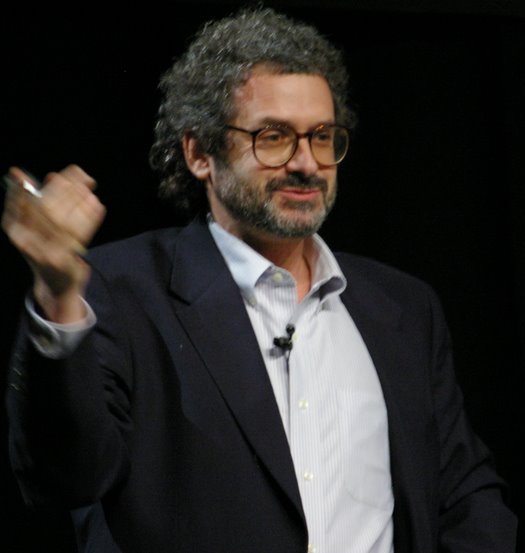If you give people access to means to solve their own problems, it touches something very, very deep.

"Neil A. Gershenfeld" is an United States/American professor at MIT and the director of MIT's Center for Bits and Atoms, a sister lab to the MIT Media Lab. His research studies are predominantly focused in interdisciplinary studies involving physics and computer science, in such fields as quantum computing, nanotechnology, and personal Digital fabricator/fabrication. Gershenfeld attended Swarthmore College, where he graduated with a B.A. degree in physics with high honors, and Cornell University. He is a Fellow of the American Physical Society. Scientific American has named Gershenfeld one of their "Scientific American 50" for 2004 and has also named him Communications Research Leader of the Year. Gershenfeld is also known for releasing the Great Invention Kit in 2008, a construction set that users can manipulate to create various objects.
Gershenfeld has been featured in a variety of newspapers and magazines such as The New York Times and The Economist, and on NPR.
He was named as one of the 40 modern-day Leonardos by the Museum of Science and Industry (Chicago)/Museum of Science and Industry Chicago. Prospect (magazine)/Prospect named him as one of the top 100 public intellectuals.
More Neil Gershenfeld on Wikipedia.For a smart material to be able to send out a more complex signal it needs to be nonlinear. If you hit a tuning fork twice as hard it will ring twice as loud but still at the same frequency. That's a linear response. If you hit a person twice as hard they're unlikely just to shout twice as loud. That property lets you learn more about the person than the tuning fork.
Chaos has come to be associated with the study of anything complex, but, in fact, the mathematical techniques are directly applicable only to simple systems that appear to be complex.
In a way, the Fab Labs are havens for inventive outliers in society.
The research is aiming to make a molecular assembler, one machine that can build, on a molecular scale, anything.
In a few seconds, you can transform a two-dimensional sheet of acrylic into a three-dimensional object.
Art became separated from artisans and mass manufacturing turned individuals from creators to consumers.
What we are interested in is merging the computer with the clothing so that all you need to do is get dressed.
In a sense, this is like open-source software, but for hardware.
Copyright © 2024 Electric Goat Media. All Rights Reserved.